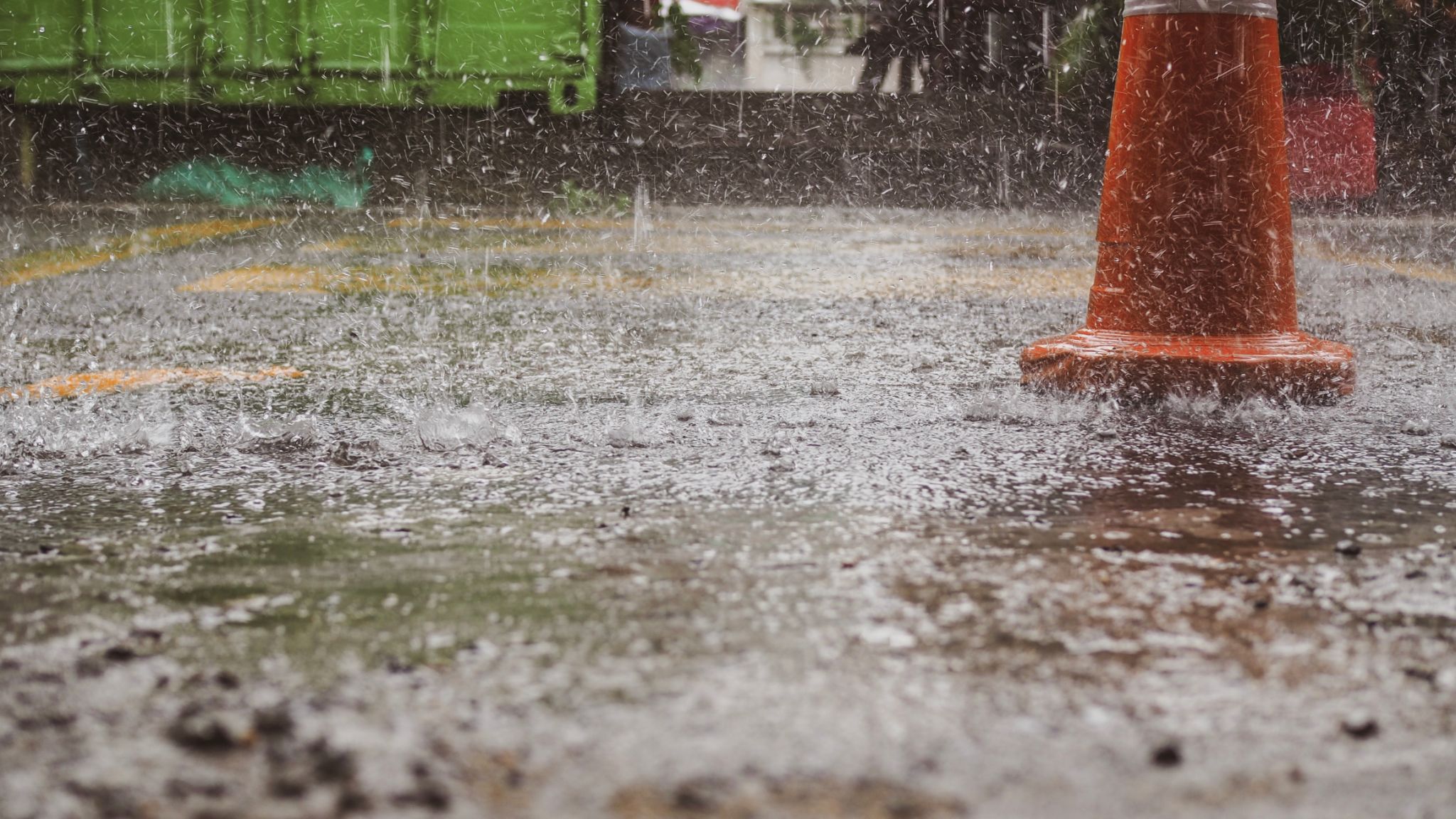Seasonal Checklist: Preparing for Safe Excavation Projects
Understanding the Importance of Seasonal Preparation
As the seasons change, so do the conditions that can impact excavation projects. Each season brings unique challenges that need to be addressed to ensure safety and efficiency. Preparing for these changes is crucial to avoid delays and accidents on-site. A well-planned seasonal checklist can help streamline operations and maintain a safe working environment.

Spring: Dealing with Thawing Conditions
As winter fades away, spring introduces thawing conditions that can significantly affect excavation sites. Melting snow and ice can lead to waterlogged ground, making the soil unstable. It's essential to assess the site for water accumulation and drainage issues. Consider implementing proper drainage solutions to manage excess water and prevent soil erosion.
Additionally, inspect equipment for any damage caused by winter conditions. Ensure that all machinery is serviced and ready for the new season. This includes checking hydraulic systems, oil levels, and tire conditions.
Summer: Managing Heat and Dust
Summer brings increased temperatures and dry conditions, which can pose risks such as heat exhaustion and dust-related respiratory issues. To combat these challenges, provide adequate hydration stations on-site and ensure workers are taking regular breaks in shaded areas.

Dust control measures are also crucial during this time. Water trucks or dust suppressants can be used to reduce airborne particles, improving visibility and air quality. Regularly inspect personal protective equipment (PPE) to ensure it is suitable for hot weather conditions.
Autumn: Preparing for Wet Weather
Autumn often comes with increased rainfall, which can lead to muddy conditions on excavation sites. It's essential to have a plan in place for managing rainwater and preventing site flooding. Install temporary drainage systems and use gravel or mats in high-traffic areas to maintain a stable surface.
Conduct regular site inspections to identify potential hazards such as slippery surfaces or unstable trenches. Ensure that all workers are trained in wet weather safety protocols and that PPE is appropriate for the conditions.

Winter: Addressing Cold and Ice
Winter's cold temperatures and icy conditions require special attention to maintain safety on excavation projects. Start by winterizing equipment to prevent mechanical failures due to freezing temperatures. This includes using the right engine oils and antifreeze solutions.
Ensure that walkways and access points are clear of snow and ice to prevent slips and falls. Use salt or sand for traction, and provide workers with appropriate cold-weather gear such as insulated gloves and boots.
Executing a Comprehensive Seasonal Checklist
A comprehensive seasonal checklist can significantly enhance the safety and efficiency of excavation projects throughout the year. Here are some key elements to include:
- Regular Site Inspections: Conduct thorough inspections before each season to identify potential hazards.
- Equipment Maintenance: Schedule regular maintenance checks for machinery to ensure optimal performance.
- Worker Training: Provide seasonal safety training sessions tailored to current weather conditions.
- Emergency Preparedness: Establish clear emergency protocols for weather-related incidents.
By proactively addressing the unique challenges of each season, excavation projects can run smoothly, safely, and successfully, regardless of the weather conditions.
